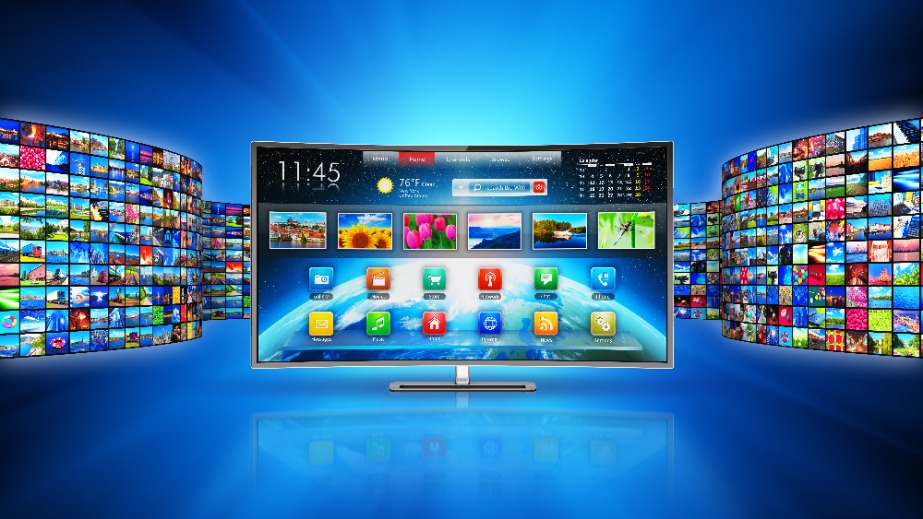With practically every social media platform doubling down on video over the past decade, the emergence of apps like TikTok, and the rise of competing movie and TV services, video on demand is the battleground where businesses fight for the attention of consumers.
By a long mile, most video is streamed on mobile devices. Even during the pandemic, when so many of us were sheltering at home, it was smartphones and tablets that the majority of people were watching on. The statistics speak for themselves: video accounts for over half of our time spent on social media (according to Facebook). YouTube is now the most popular platform in the $14,2bn podcasting industry. In fact, video now drives 70% of all mobile traffic data.
According to analysts at ABI Research, mobile traffic data is growing at a compound annual growth rate of 32%. Additionally, we know from GSMA that the radio access network accounts for 73% of energy costs for operators. The more data transmitted across the radio network will equate to much more energy use. With video accounting for the majority of this growth, it’s clear that streaming as a category of content should be considered from an energy perspective if the mobile operator is going to reduce cost and pursue a net zero target.
The issue also for operators is that they market speed, performance, and coverage. As networks improve, the amount of data and energy consumption increases. This creates a quandary for network operators: consumers will only desire more and more video with excellent quality of experience — but this will all need to be fulfilled in accordance with environmental, social, and governance (ESG) objectives and lowering the cost burden for operators.
Network operators need to get smarter about providing these experiences and become more thoughtful about how they deliver video to the end user. As 5G uptake increases, vastly boosting users’ network speeds on their devices, streaming even higher-quality video will become feasible and common. To put this in context, a 60min high-definition video (1080p) costs 2 Gigabytes of traffic — but the same video at a lower, but very acceptable, DVD quality level (480p) costs just 25% of this.
With the emergence of 5G networks and the capability to stream higher-quality video that brings, network operators are in a bind: how can they deliver the absolute best user experience to their customers while also managing energy consumption costs? And although 5G is twice as energy efficient as 4G — consuming only 464 kilowatts per Mbps — the boost it offers in bandwidth means that as adoption climbs, so too will energy demands.
Costs can’t simply be passed on to end users. Customers shouldn’t be punished for wanting an excellent quality of experience with video, something that the most prominent tech giants are pushing.
One possible answer lies in smarter traffic management. In short, this means handling data demands more intelligently but with no drop in quality of service as far as end-user perception is concerned. Returning to the different streaming resolutions is key, particularly the contrast between DVD quality and high-definition (HD) video. Most users watching videos on mobile devices will not notice a difference between DVD-quality streaming at the 480p resolution compared to HD video at 1080p. Yet one hour of HD video consumes four times as much data as one hour of the DVD-quality resolution.
By managing networks so that fewer bytes are transferred to individual viewers without a perceived loss in quality, network operators can trim the amount of data delivered (mapping directly to cost) while providing the same user experience that customers are used to.
The good news is that by using heuristics, video can be analyzed in real-time to determine the best user experience. By using intelligent traffic management to get ahead of the swell in video streaming data now, operators will be able to better onboard more users and maximize their resources, leading to lower energy consumption costs.
In a recent report, we found that by deploying intelligent traffic management solutions, the average mobile network operator could reduce their end-to-end network energy consumption by over 10% and save up to $10 million annually, based on the average wholesale price of electricity.
Moreover, traffic management based on perceived video quality, rather than delivering the highest resolution by default, could lead to a 20% reduction in the amount of data needed to deliver the video. That’s good news for businesses and consumers. Operators need to bring a quality network experience to the table to remain competitive, but they also have to contend with rising costs due to energy prices.
Since the telecom industry alone accounts for more than 2% of global energy demand, operators need to be responsible for greening the industry. Indeed, many have: Businesses like AT&T, Deutsche Telekom, Orange, Telefonica, Vodafone and Verizon have all taken significant steps to reduce their carbon emissions.
This is the right thing to do, but there’s a strong business imperative, too, because 85% of all consumers say that they will take their business elsewhere rather than engage with companies that do not have strong green credentials. Cutting down on energy usage should therefore be a priority for operators – and starting with better traffic management around video data is an easy win.

